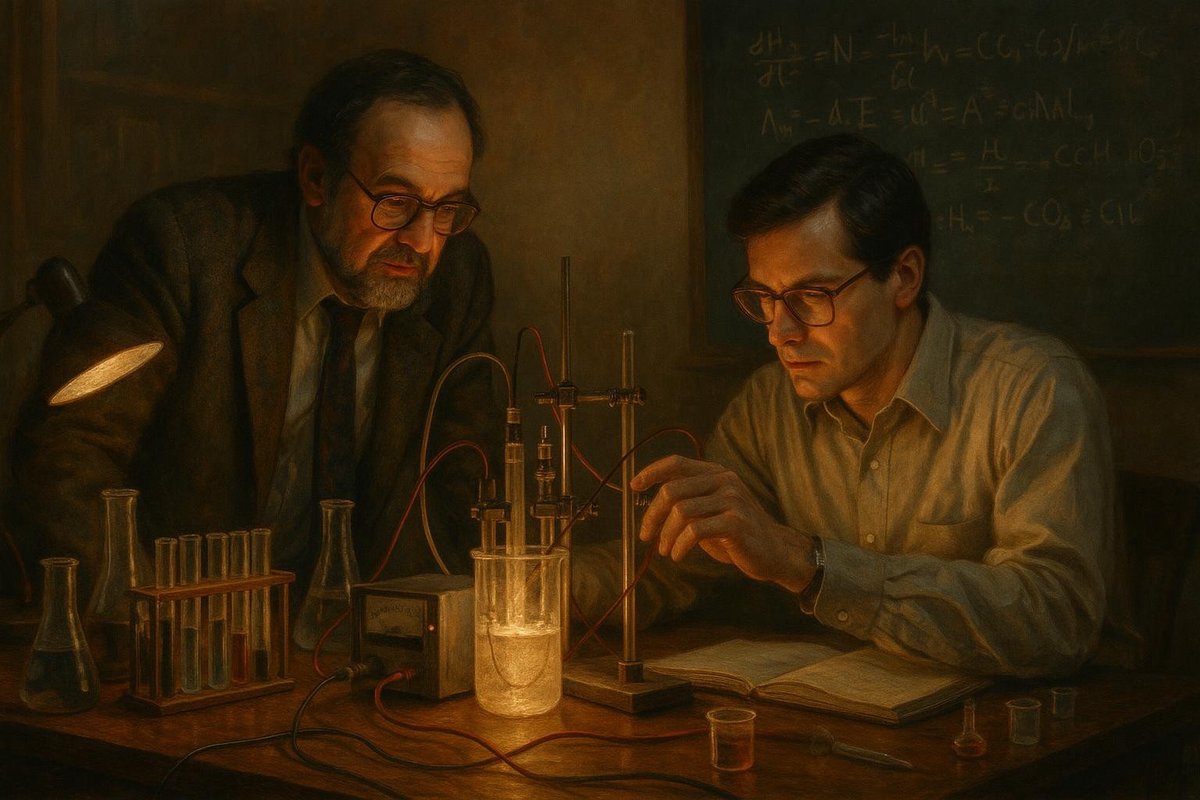
Introduction
In the realm of scientific discoveries, few have sparked as much excitement and controversy as cold fusion. Imagine a world where abundant, clean energy is just a chemical reaction away. This is the promise cold fusion once held. But as we know, not all that glitters is gold, and the cold fusion story is a testament to this adage. The tale begins in 1989 when two electrochemists claimed a breakthrough that could change the world, but what followed was a rollercoaster of scientific debate, political intrigue, and societal impact.
The Problem Context: A World Hungry for Energy
The late 20th century was marked by an insatiable demand for energy, driven by industrial growth and technological advancement. Fossil fuels were the mainstay, but their environmental impact was becoming increasingly evident.
- Oil crises in the 1970s highlighted the volatility of relying on non-renewable energy sources.
- Environmental concerns were growing steadily, with climate change becoming a global topic of discussion.
This backdrop set the stage for the emergence of cold fusion as a potential panacea. Of course, the allure of a clean and limitless energy source was irresistible. The scientific community was on the lookout for viable alternatives, but no one expected the claims that would soon emerge. It was a peculiar time when scientific curiosity and desperation for solutions intersected, creating fertile ground for groundbreaking, albeit controversial, ideas.
The Theoretical Breakthrough: Promise or Illusion?
In March 1989, Martin Fleischmann and Stanley Pons announced they had achieved energy production through cold fusion at room temperature, a feat that promised to revolutionize energy generation.
- This claim was based on a simple electrochemical setup, yet it promised to achieve what hot fusion could not.
- Many scientists were skeptical, questioning the replicability and theoretical basis of the experiment.
Interestingly, the scientific community was divided. Some were intrigued by the potential, while others were cautious, aware that extraordinary claims require extraordinary evidence. The early 90s saw a flurry of attempts to replicate the results, with most finding inconsistencies. Theoretical physics struggled to explain how nuclear fusion could occur under such conditions. Yet, the very idea was so compelling it continued to attract attention, if not outright belief.
Supporting Evidence: Fragile or Flawed?
While the initial announcement garnered significant media attention, scientific scrutiny soon revealed cracks in the claims. Many experiments failed to replicate Fleischmann and Pons’ results.
- Most subsequent tests either produced negligible energy or failed to observe any nuclear reactions.
- Some argued that the initial results were due to experimental errors rather than a genuine breakthrough.
It’s no wonder that cold fusion became a cautionary tale in scientific circles. As time went on, the scientific consensus shifted towards skepticism. Yet, the lure of cold fusion was such that even today, some researchers persist in trying to harness its potential. The story serves as a reminder of the importance of rigorous scientific validation, emphasizing that hope alone is not a substitute for substantial evidence.
Modern Relevance: Lessons from the Past
Despite the initial debacle, cold fusion continues to intrigue some researchers, driven by the ongoing quest for sustainable energy solutions. But what can we learn from this saga?
- The history of cold fusion underscores the dangers of media hype and premature conclusions in scientific research.
- It highlights the necessity for robust peer review and replication in the scientific method.
As our world faces pressing energy challenges, the story of cold fusion reminds us of the fine line between innovation and illusion. It teaches us that scientific progress requires patience, persistence, and a healthy dose of skepticism. In retrospect, the cold fusion episode provides valuable insights into balancing optimism with critical analysis, ensuring that our pursuit of knowledge remains grounded in evidence.
Conclusion
Rethinking cold fusion’s legacy, one can’t help but appreciate the blend of human aspiration and scientific rigour it embodies. The episode reminds us that while the pursuit of new ideas is vital, they must be tempered with diligent inquiry and evidence-based validation. As we forge ahead into new scientific frontiers, the lessons from cold fusion remain ever-relevant, urging us to question, explore, and above all, learn from the past.
Fuel Someone Else’s Curiosity
If this journey through the cold fusion saga has sparked your interest, why not share it with others? Engage in discussions, question assumptions, and explore the nuances of scientific discoveries with your friends and colleagues. After all, curiosity is contagious, and every conversation is a step towards collective understanding. Let’s keep the dialogue alive!

Leave a Reply